 |
| Michael Krebber, "Miami City Ballet IV", 2010. Photo from Galerie Daniel Buchholz, Berlin, 2010 |
I stopped by Bergen Kunsthall the other day to see the exhibit of four artists that is currently showing there. Among all the works that are included in that show, the one above, by Michael Krebber, gave me the most momentous moment of seeing "something".
But what was it that I saw?
For starters: Three primed canvases in a vertical pile that is halfway covered by a polka dot "hood", with a smear of black paint up towards the right.
This seemed quite meaningless to me. But knowing how rear it is, - that experience of not immediately connecting a visual uttering with some kind of perceived message, I was thrilled. And even more so when I found out that the work is titled "Miami City Ballet IV".
The connection between the covered up canvases and the title "Miami City Ballet IV" made no sense to me. I could find no literal connection, apart from thinking of other artists that have painted ballet, - Degas, for instance. But bringing Degas's impressions of dancers into my moment at Bergen Kunsthall, just seemed like an irrelevant distraction.
- Or maybe the three canvases could be perceived as stopped in moment, lined up and covered by a mutual piece of costume? No, the title "Miami City Ballet IV" left me with an even stronger notion that this work does not give any direct meaning in and of itself. (But the exciting experience of actually trying to find one, and feeling very close to finding it, was what made that moment at Bergen Kunsthall worthy of bringing on.)
What I found when I looked for meaning outside of the artwork itself, you can read below the next pictures. But that is more or less random information which ends up confirming a notion that this work is not a painting in any traditional singular sense, but a "painting" that is only concerned with the premises of "painting" as a general notion, and with the context that makes works like "Miami City Ballet IV" possible.
(If you are uncertain about the term "context", please look at this former post).
 |
| Michael Krebber, "Miami City Ballet I", 2010. Photo from Galerie Daniel Buchholz, Berlin, 2010 |
 |
| Michael Krebber, "Miami City Ballet II", 2010. Photo from Galerie Daniel Buchholz, Berlin, 2010 |
 |
| Michael Krebber, "Miami City Ballet III", 2010. Photo from Galerie Daniel Buchholz, Berlin, 2010 |
Since then, I have found the paintings "Miami City Ballet" numbers I-III. They were included in a show Michael Krebber had at Galerie Daniel Buchholz in Berlin this summer.
 |
| Michael Krebber, "Miami City Ballet", Installation view, Galerie Daniel Buchholz, 2010 |
And this was how the paintings were installed: Three of them to the left, and then the covered up ones to the right. With a big box clad in fabric between.
 |
| Michael Krebber, "Miami City Ballet", 2010, invitation card photo, Galerie Daniel Buchholz, Berlin, 2010 |
I also found out where the artist got the title from: The entire show at Daniel Buchholz was titled "Miami City Ballet", and here is an excerpt from the invitation card written by Krebber:
"'Miami City Ballet" shall be the first stop in, or the downbeat of a series of ”new” exhibitions
following a lengthy period of inactivity. I took the photograph on the invitation card during a
Douglas Crimp lecture. It shows the photograph being projected—of Edward Villella—the ballet
dancer and later founder of the "MCB"—in the midst himself of holding a lecture. He shows his
arm; looks at it and—according to Crimp-comments on it. That he is “beholding” his arm is un-
knowable from my blurry photograph. More or less the same applies here, too.
[...] At this point we put in the picture of Paul Swan, the actor and dancer who once held the title: "Most Beautiful Man in the World"; Swan who appears and dances beside a curtain behind which he disappears for a costume change or some other preparation but doesn’t reappear except perhaps when no one can believe it any more.[...]
- So was this what Michael Krebber intended all along: Covering up the paintings ("painting") until no one can believe in them (believe in "it") any more?
***
On December 2, David Joselit will speak about "Painting Stripped Bare" at Bergen Kunsthall.










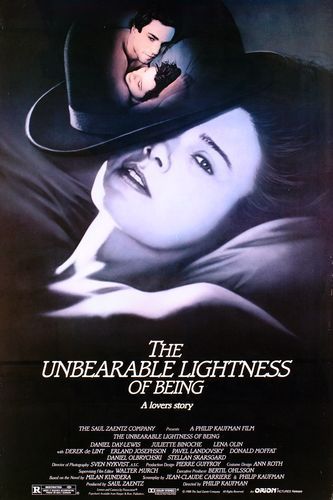
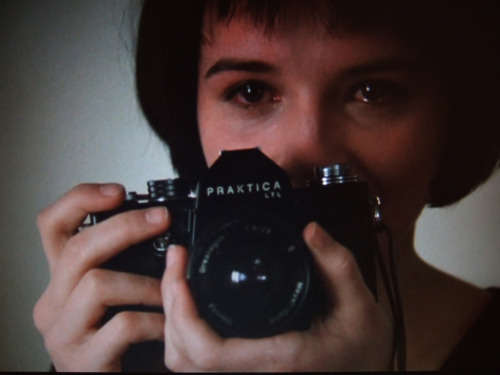

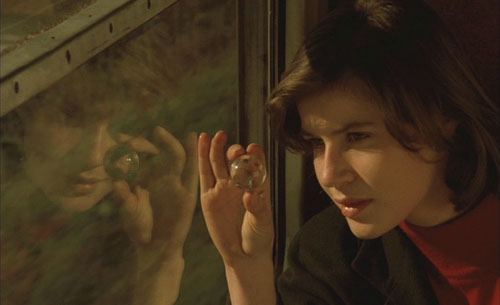
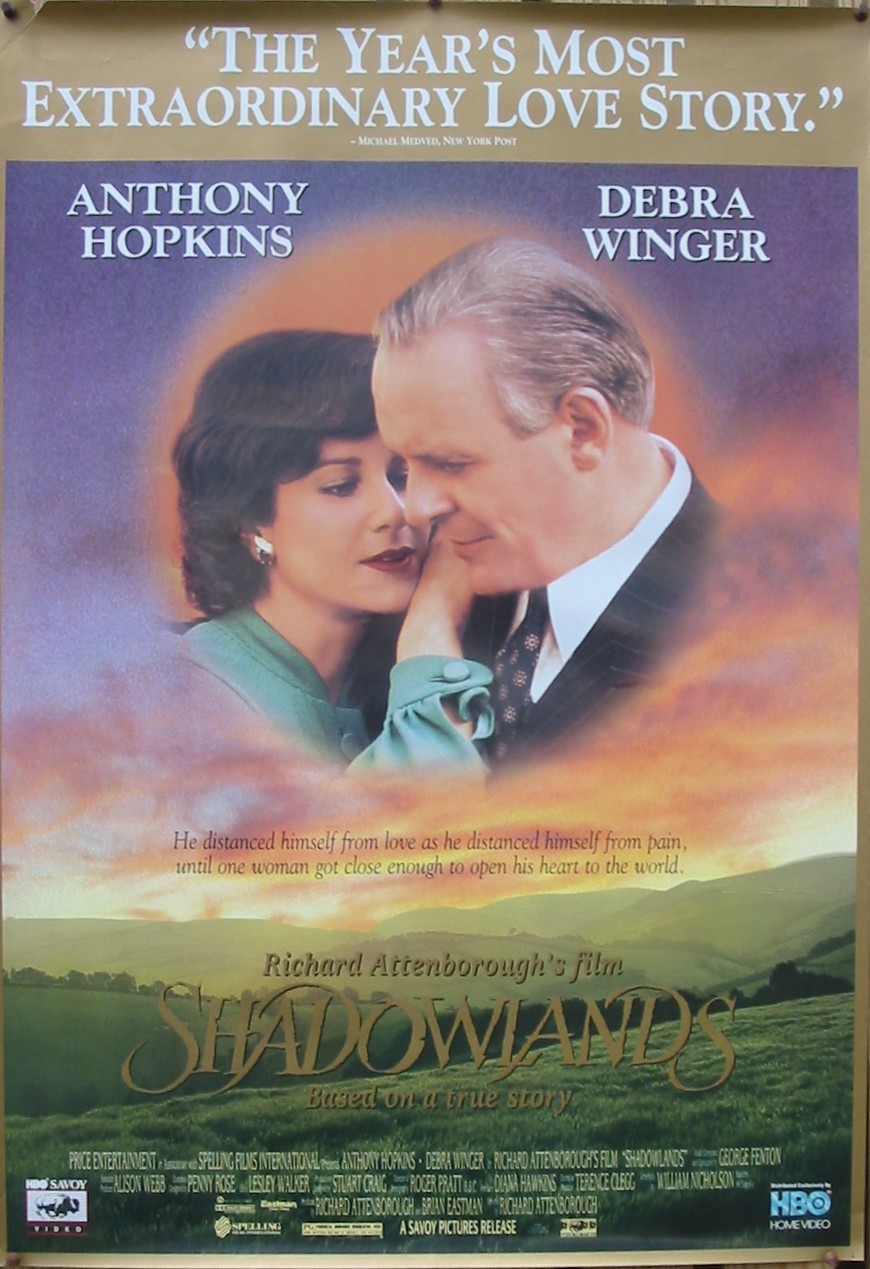









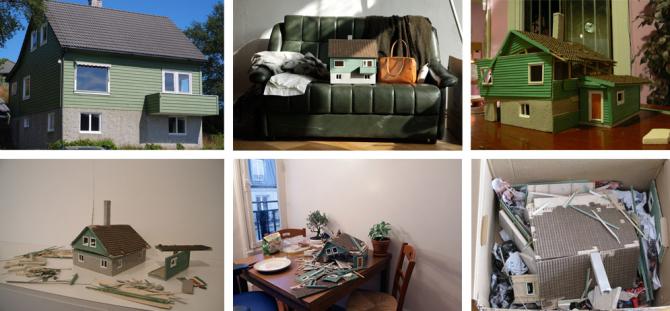










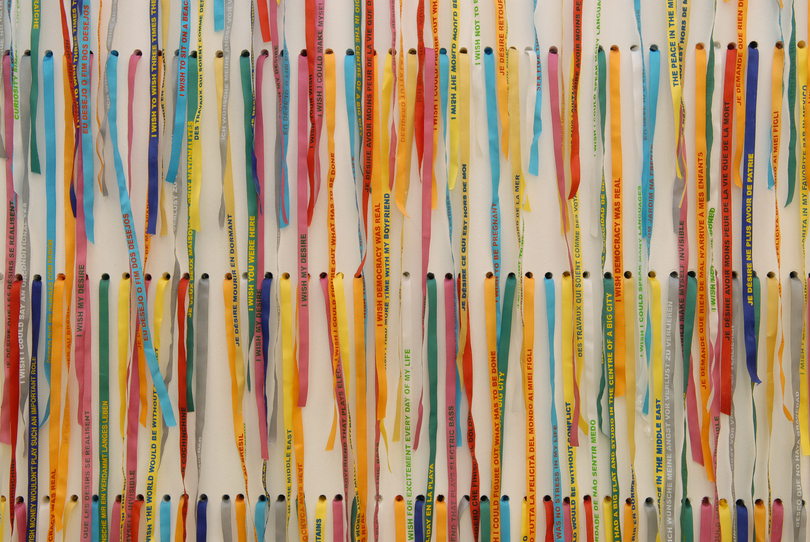

.jpg)






